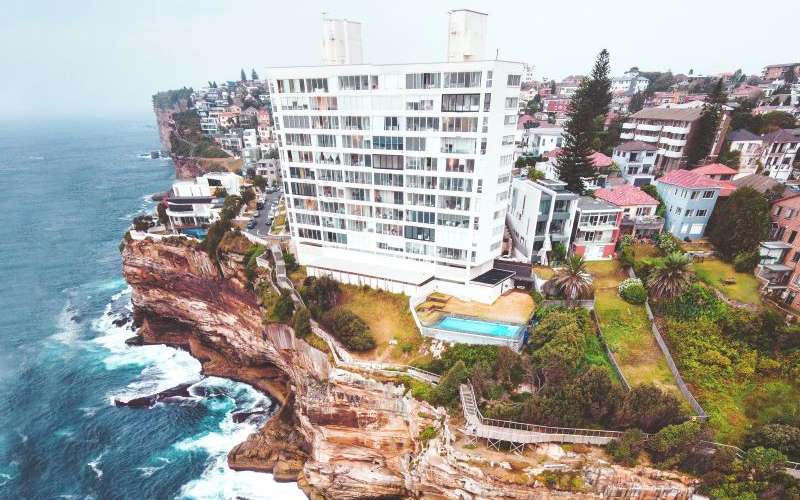According to data analysed by Digital Finance Analytics (DFA), 1.62 million households are looking to sell down their current property within the next five years, an increase of about one-third from 1.2 million a year ago.
DFA's rolling survey of more than 50,000 households found 69% of these prospective downsizers are between the ages of 60 and 70; 17.5% are over 70, and 11.6% are 50-60.
The remaining 1.9% are below 50.
Buying a home or looking to refinance? The table below features home loans with some of the lowest interest rates on the market for owner-occupiers.
| Lender | Home Loan | Interest Rate | Comparison Rate* | Monthly Repayment | Repayment type | Rate Type | Offset | Redraw | Ongoing Fees | Upfront Fees | Max LVR | Lump Sum Repayment | Extra Repayments | Split Loan Option | Tags | Features | Link | Compare | Promoted Product | Disclosure |
|---|---|---|---|---|---|---|---|---|---|---|---|---|---|---|---|---|---|---|---|---|
5.54% p.a. | 5.58% p.a. | $2,852 | Principal & Interest | Variable | $0 | $530 | 90% |
| Promoted | Disclosure | ||||||||||
5.49% p.a. | 5.40% p.a. | $2,836 | Principal & Interest | Variable | $0 | $0 | 80% |
| Promoted | Disclosure | ||||||||||
5.64% p.a. | 5.89% p.a. | $2,883 | Principal & Interest | Variable | $250 | $250 | 60% |
| Promoted | Disclosure | ||||||||||
5.64% p.a. | 5.89% p.a. | $2,883 | Principal & Interest | Variable | $248 | $350 | 60% |
| Disclosure |
DFA's data shows just over 70% of these properties to be sold are houses with either three or four bedrooms, while less than 20% are two or three bedroom units.
More than half (54.8%) of them are valued below $1 million, but almost half are valued at a million or more.
Nationally, 71% of those selling are seeking to buy a property below $1 million in value, which is close to the national median value.
"Thus, we expect to see a significant number of larger properties coming to market ahead," DFA principal Martin North told Savings.com.au.
"These statistics are going to have a considerable impact on the state of the market – especially at the upper end of the market."
Where are homeowners downsizing?
Areas in each of the biggest states - New South Wales, Victoria, Queensland, South Australia, and Western Australia - are among the major downsizing hotspots, with areas around Melbourne, "strongly represented":
|
Region |
Number looking to sell (1-5 years) |
|
Melbourne - South East |
57,670 |
|
Melbourne - West |
52,030 |
|
Melbourne - Outer East |
45,310 |
|
Perth - North West |
43,230 |
|
Newcastle and Lake Macquarie |
42,250 |
|
Melbourne - North East |
39,550 |
|
Melbourne - North West |
37,340 |
|
Gold Coast |
35,120 |
|
Sydney - South West |
33,460 |
|
Adelaide - North |
32,920 |
|
Perth - South West |
32,630 |
|
Wide Bay |
31,240 |
|
Sydney - Outer West and Blue Mountains |
30,910 |
|
Mornington Peninsula |
30,430 |
|
Sydney - Inner South West |
28,540 |
|
Adelaide - South |
28,450 |
|
Sydney - Parramatta |
27,730 |
|
Latrobe - Gippsland |
25,880 |
Source: Digital Finance Analytics (DFA)
See also: Property listings flood the market in 2021
Why are they downsizing?
The value of these properties being sold is immense, expected to reach $1.6 trillion dollars, which is up from $1 trillion in 2018.
The total wealth extracted from the market will be around $300 billion, and accessing this wealth is one major reason why.
“These generations understand the amount of equity they are sitting on in their home,” Mr North told The Australian Financial Review.
“They feel prices have reached a sweet spot – that prices are peaking.”
See also: House price boom eases - is the market losing steam?
Other reasons for downsizing could be to ensure a more comfortable retirement, move to a regional area, to move to a property requiring less maintenance, and more.
Another key driver in this surge among would-be downsizers is the recent changes made in the 2021/22 Federal Budget.
In May's Budget, the government announced it would be changing the rules around contributing downsizing savings into superannuation.
Specifically, it is allowing over-60s to deposit up to $300,000 ($600,000 for couples) from the sale of their home into superannuation if they downsize, down from the previous limit of over-65s.
So from 2022, a larger chunk of that 69% of downsizers aged 60-70 will be able to use this scheme, providing more funds to ensure a comfortable retirement.
"The measure will allow more older Australians to consider downsizing to a home that better suits their needs, thereby freeing up the stock of larger homes for younger families," the government said in its budget papers.
Take up of this scheme is low however, with only around 22,000 using it in the three years since it was introduced.
However, CoreLogic head of research Eliza Owen said the downsizing age reduction "is particularly important in the current climate".
"The measure may free up more established housing by incentivising home sales sooner than at age 65," Ms Owen said.
"Housing demand remains high against a low supply of available properties; total listings volumes remain -23.4% below the five year average level.
"However, the measure will not come into effect until July 2022.
"This means motivated downsizers aged 60 to 64 may wait for the scheme to come into effect before selling, and any impact of increased listings as a result would only impact the housing market then."
Downsizers in Tasmania and the ACT can also earn stamp duty discounts or concessions.
Photo by Jean Carlo Emer on Unsplash

Ready, Set, Buy!
Learn everything you need to know about buying property – from choosing the right property and home loan, to the purchasing process, tips to save money and more!
With bonus Q&A sheet and Crossword!
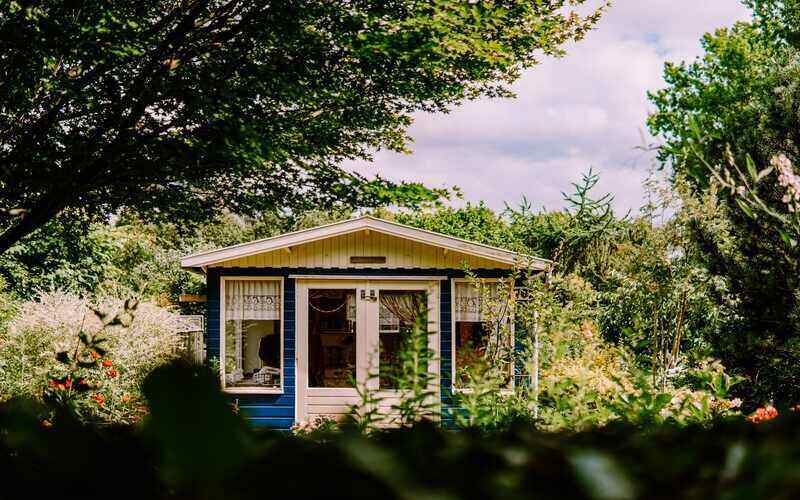





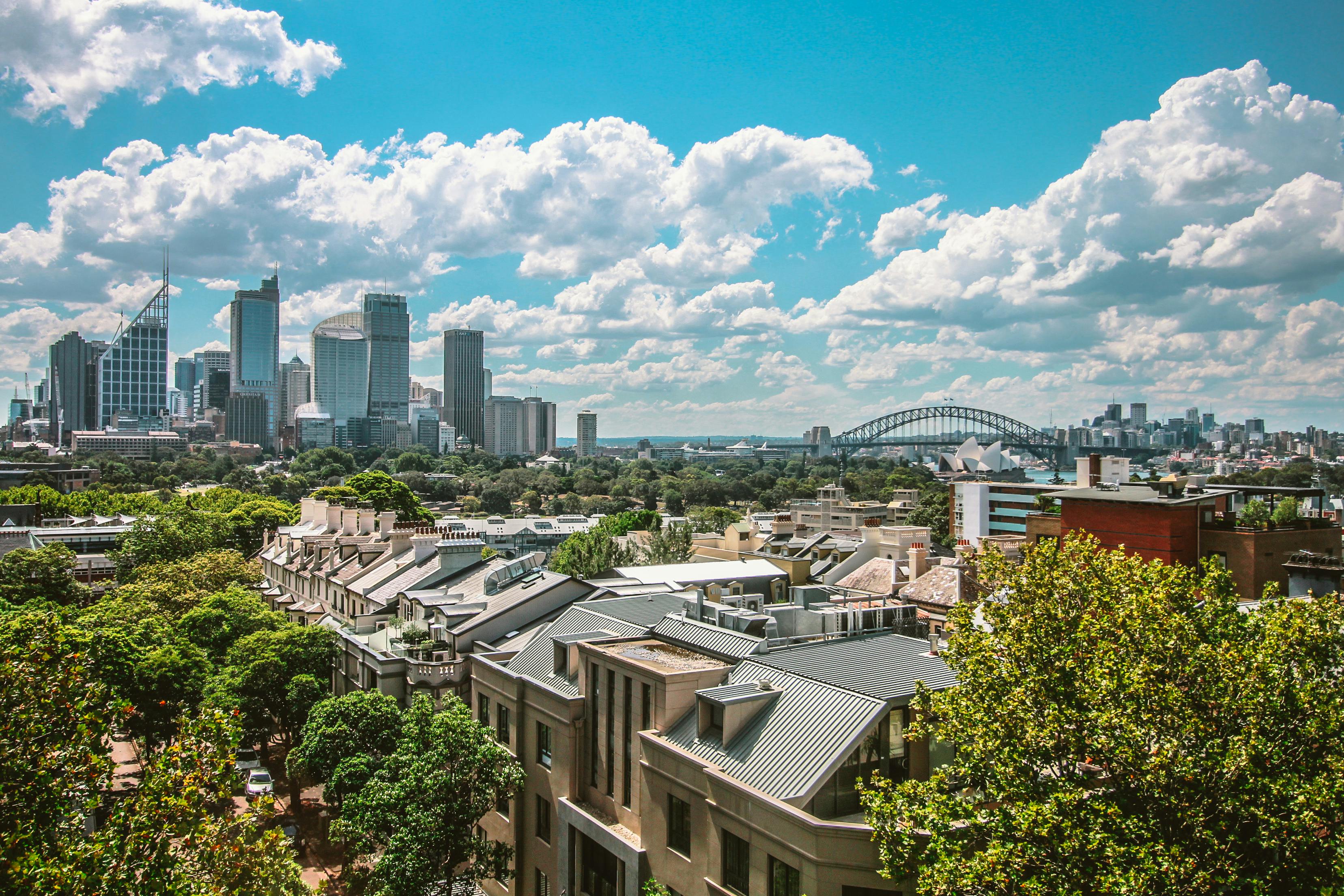
 Bea Garcia
Bea Garcia
 Denise Raward
Denise Raward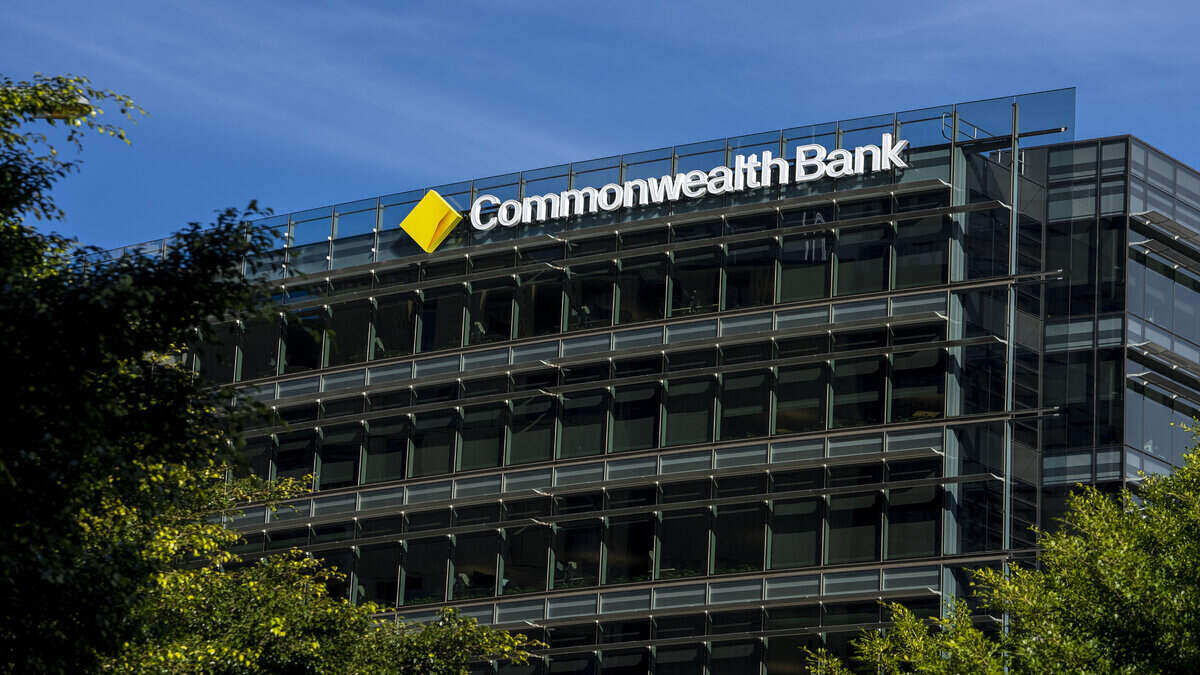
 Harry O'Sullivan
Harry O'Sullivan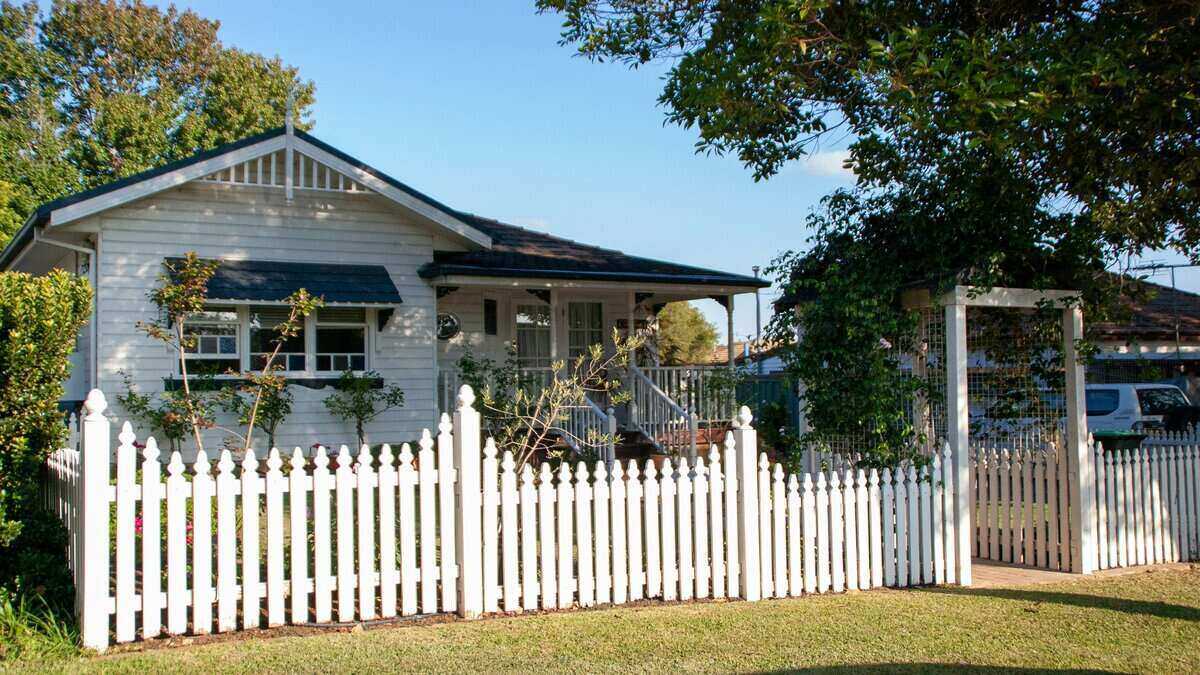
 Arjun Paliwal
Arjun Paliwal
 Emma Duffy
Emma Duffy

